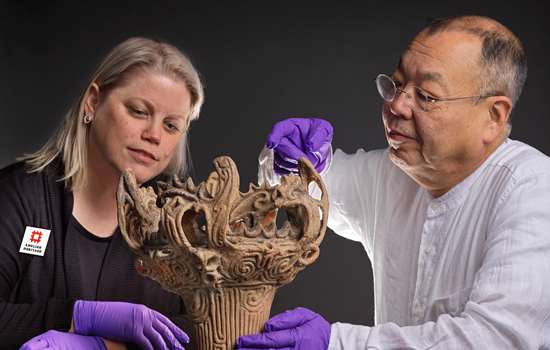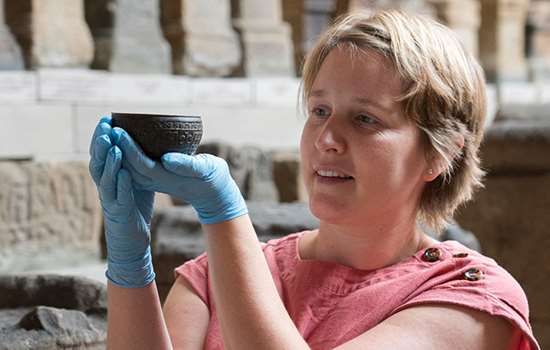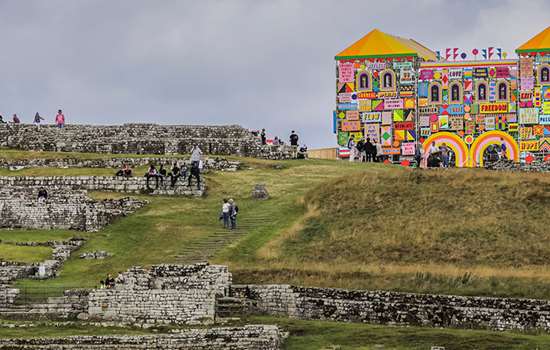16/03/2022
Astronomer Couple Receive London Blue Plaque
- Walter and Annie Maunder, champions of amateur astronomy, have been commemorated with a new plaque by English Heritage.
- The plaque marks 69 Tyrwhitt Road in Lewisham, where the couple lived from 1907 to 1911.
Astronomers Walter and Annie Maunder have today been commemorated with an English Heritage London blue plaque. As well as their important work on sunspots, solar photography and the debunking of the canals-on-Mars myth, it was the couples' avowed aim to make astronomy more accessible to women and amateur astronomers.
The plaque marks 69 Tyrwhitt Road in Lewisham, where the couple lived from 1907 to 1911, having previously lived at number 86. It was during their time on Tyrwhitt Road that they published the 1904 sunspot article, with its famous ‘butterfly diagram’. Walter and Annie Maunder were at this address, too, when they wrote The Heavens and its Story, making frequent references to the nearby park and favourite stargazing spot, Hilly Fields.
Planetary scientist and proposer of the blue plaque, Nicholas Heavens, said:
'Both of the Maunders strived and sacrificed to become well-respected and sometimes visionary professional astronomers, facing obstacles on account of class and gender, especially Annie. They succeeded by sharing their abilities and opportunities with one another and helped expand participation in astronomy to a much wider section of UK society. I think they would be pleased if this Blue Plaque inspired future Londoners of all backgrounds to pursue scientific research.'
In spite of her education and astronomical expertise – which was higher and more specialised than that of her husband’s – Annie Maunder’s gender prevented her from taking a professional role in the field. In 1891, she was appointed as one of the ‘lady computers’ at the Royal Observatory, Greenwich as part of a scheme to employ educated young women to undertake routine observational duties. The work had previously been done by teenage boys and the posts were poorly paid (£48 per annum initially) with no possibility of promotion. The four women appointed had all studied mathematics at Cambridge and they worked under non-graduate male assistants.
The Maunders’ most significant scientific work was in solar astronomy – eclipses and, especially, sunspots. From 1903 onwards the pair successfully challenged the claim that there were built canals on Mars by showing that what appeared to be straight lines on the surface of the planet were in fact a series of spots or craters.
The English Heritage London blue plaques scheme is generously supported by David Pearl and members of the public.
To find out more, visit www.english-heritage.org.uk/visit/blue-plaques
For more from English Heritage, follow us on Twitter, Facebook and Instagram.



